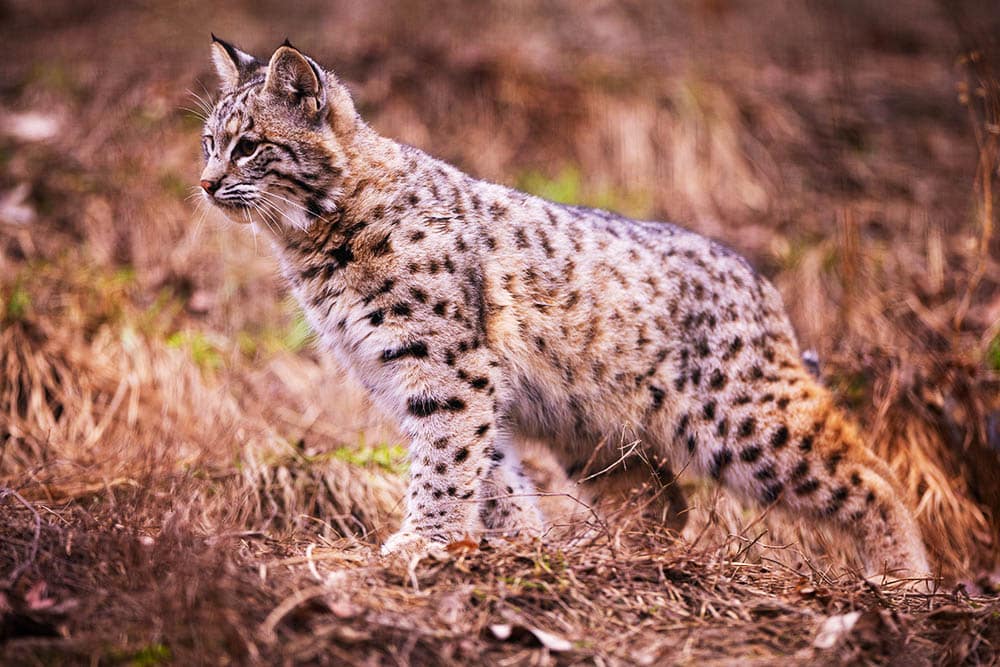The Importance of Protecting Endangered Species
The world is home to millions of living organisms. From the tiniest insects to the biggest mammals, all of these living beings serve a crucial purpose in the ecosystem. But, unfortunately, due to various human activities, many of these species have already gone extinct, while many more are currently on the brink of extinction. This is a worrying trend, as the extinction of even a single species can have a domino effect on the entire ecosystem. Thus, it is essential to act now and protect our endangered species before it’s too late.
The Causes of Endangerment
The causes of endangerment are varied and complex. However, the primary reason for the decline of many species is human activities such as habitat destruction, pollution, hunting, and climate change. Deforestation, for example, causes the loss of habitat for many forest-dwelling animals, making it difficult for them to survive.
Pollution from factories and vehicles is another significant cause of endangerment, especially for aquatic species that are highly susceptible to water pollution. Hunting is yet another human activity that has led to the decline of many species. For example, poaching is the main reason behind the dwindling number of elephants and rhinos in Africa.
Finally, climate change has become a significant threat to many species. The melting of ice caps and rising temperatures have disrupted the natural habitat of many animals, forcing them to migrate to new areas where they may not be able to survive. These are just a few examples of how human activities have caused the endangerment of many species.
The Ripple Effect of Endangerment
The extinction of a single species can have a ripple effect on the entire ecosystem. For example, consider the case of bees, which play a crucial role in pollinating plants. Without them, the pollination of many crops would be impossible, leading to reduced crop yields and food shortages. Additionally, the extinction of a predator species can lead to the explosion of the prey population, which, in turn, can lead to overgrazing and destruction of the ecosystem. Therefore, the extinction of a single species can have far-reaching consequences.
Protecting Endangered Species
Given the importance of protecting endangered species, what can be done to help save them? There are several steps that can be taken to protect endangered species, such as:
Creating Protected Areas
One of the most effective ways to protect endangered species is by creating protected areas, such as national parks, wildlife reserves, or marine sanctuaries. These areas can provide a safe haven for endangered species, allowing them to grow in number and recover.
Reducing Pollution
Reducing pollution is another critical step in protecting endangered species. This can be achieved by reducing the use of harmful chemicals and adopting more sustainable practices. For example, individuals can reduce their carbon footprint by walking or cycling instead of driving, or by using energy-efficient appliances.
Regulating Hunting and Fishing
Regulating hunting and fishing can also help protect endangered species. By imposing legal restrictions on hunting and fishing practices, governments can reduce the illegal killing of animals and ensure that species can replenish their numbers over time.
Restoring Natural Habitats
Restoring natural habitats is another effective way to protect endangered species. This can be achieved by reforesting degraded areas or by cleaning up polluted waterways.
The Role of Individuals in Protecting Endangered Species
Individuals can also play a crucial role in protecting endangered species. Here are some tips on what individuals can do to help:
Reduce Your Carbon Footprint
Individuals can significantly reduce their carbon footprint by making lifestyle changes such as using public transportation, conserving energy, and reducing waste. These steps can help reduce greenhouse gas emissions and protect habitats from the negative effects of climate change.
Support Conservation Efforts
Supporting conservation efforts is another way that individuals can help protect endangered species. This can be done by donating money to wildlife conservation organizations, volunteering at local wildlife sanctuaries, or spreading awareness about conservation issues.
Avoid Consuming Endangered Species
Finally, individuals can help protect endangered species by avoiding the consumption of products made from endangered animals. This includes ivory, shark fins, and rhino horns. By refusing to buy these products, individuals can help reduce the demand for them and reduce the illegal killing of endangered species.
In Conclusion
The extinction of even a single species can have far-reaching consequences on the ecosystem. Therefore, it is essential to protect our endangered species. This can be achieved by creating protected areas, reducing pollution, regulating hunting and fishing, and restoring natural habitats. Additionally, individuals can play a crucial role in protecting endangered species by reducing their carbon footprint, supporting conservation efforts, and avoiding the consumption of products made from endangered animals. By taking these steps, we can help protect our endangered species and preserve the world’s biodiversity for future generations.
